Throughout the world, I have witnessed “taboo” topics—like death, sex, sexual abuse, suicide, drug and alcohol abuse, human trafficking, mental illness, and gender identity—being explored in theatre by, for, and with young people. In Linz, Austria, I sat with a full theatre of young school children and their teachers as a vagina puppet and a penis puppet discussed their functions. In Puebla, Mexico, I watched a play with youth in which a young girl emotionally struggled as her uncle sexually abused her. In Malmo, Sweden, I witnessed a play with family audiences in which a young character—played by a teen actor—explored masturbation. But in the United States, many theatres ignore controversial dramatic literature and opportunities to help young people think about critical, relevant issues rather than face the criticism that often meets such work.
In truth, companies with “children” in their names often do have to be more careful about what subjects are in the plays they produce; they must consider and at times placate the gatekeepers—parents, school administrators, teachers, even politicians—more than they consider the youth they seek to center. But that’s a sorry predicament. These topics are realities for young people; they are in their lives. However, in the United States, gatekeepers often ignore such realities and fear that theatre for youth will introduce young people to things they already are experiencing. In fact, while the field has progressed and more nuanced dramatic literature is available to producing theatres, children’s theatre is still often left for moralistic plays that have some kind of lesson speaking about issues in a black-or-white kind of way. How can children’s theatre explore critical, relevant subjects without pandering to or shielding youth from the realities of such stories? How might they ensure that the material is not didactic? How might they pass the gatekeepers?


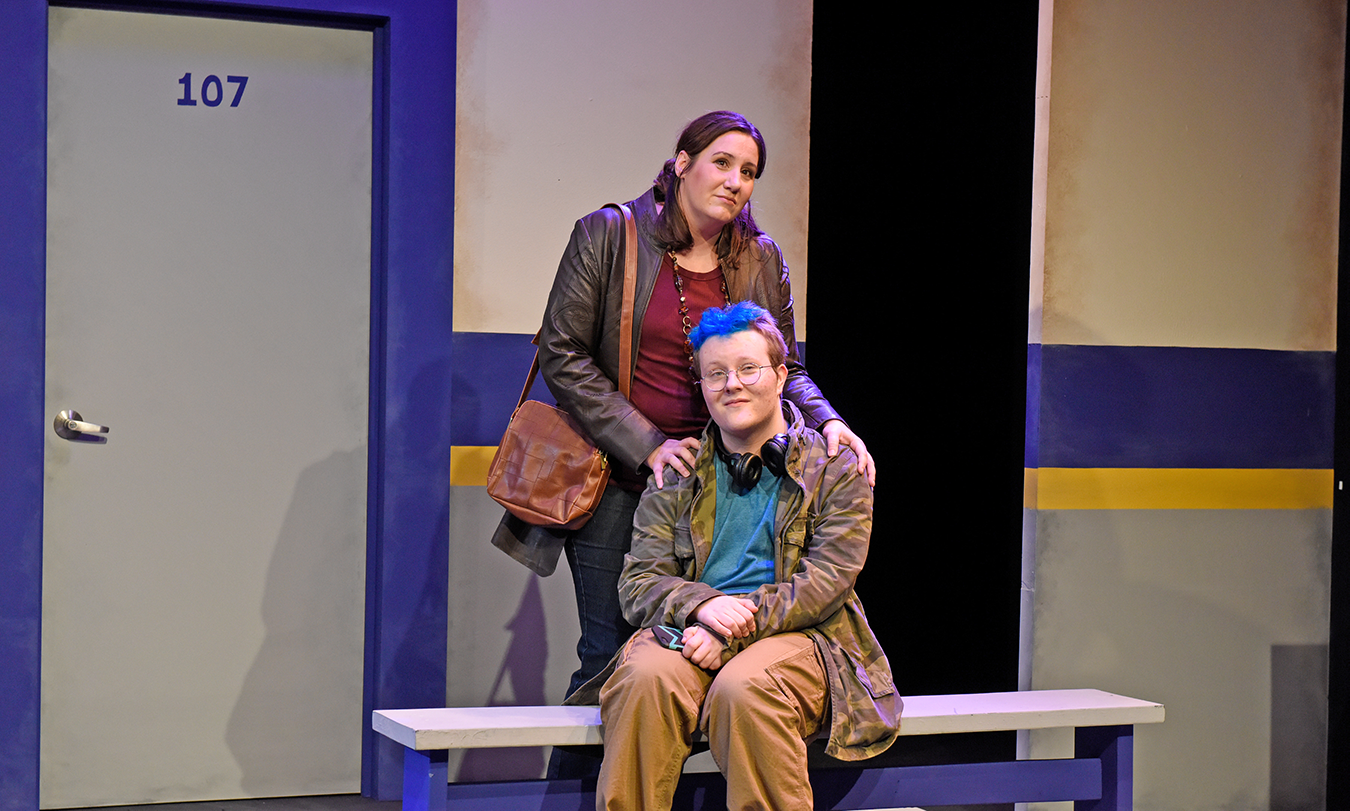
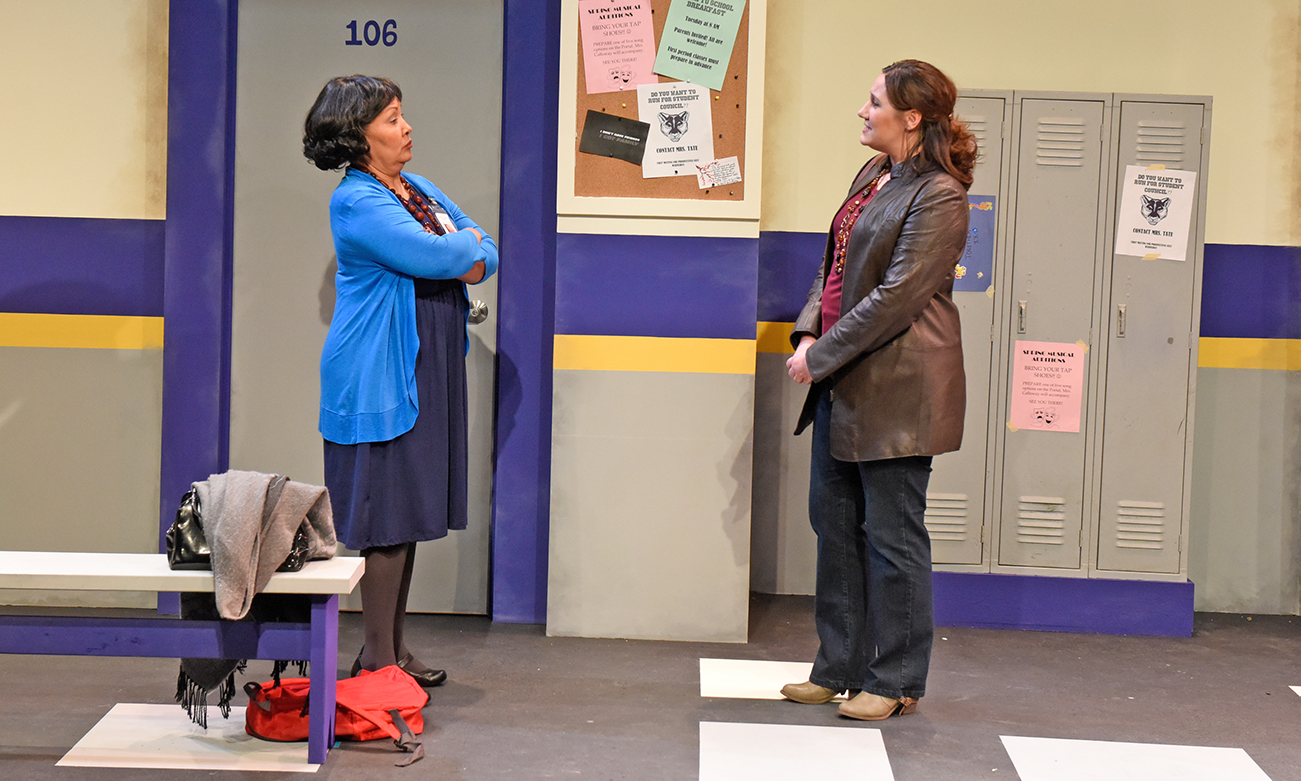
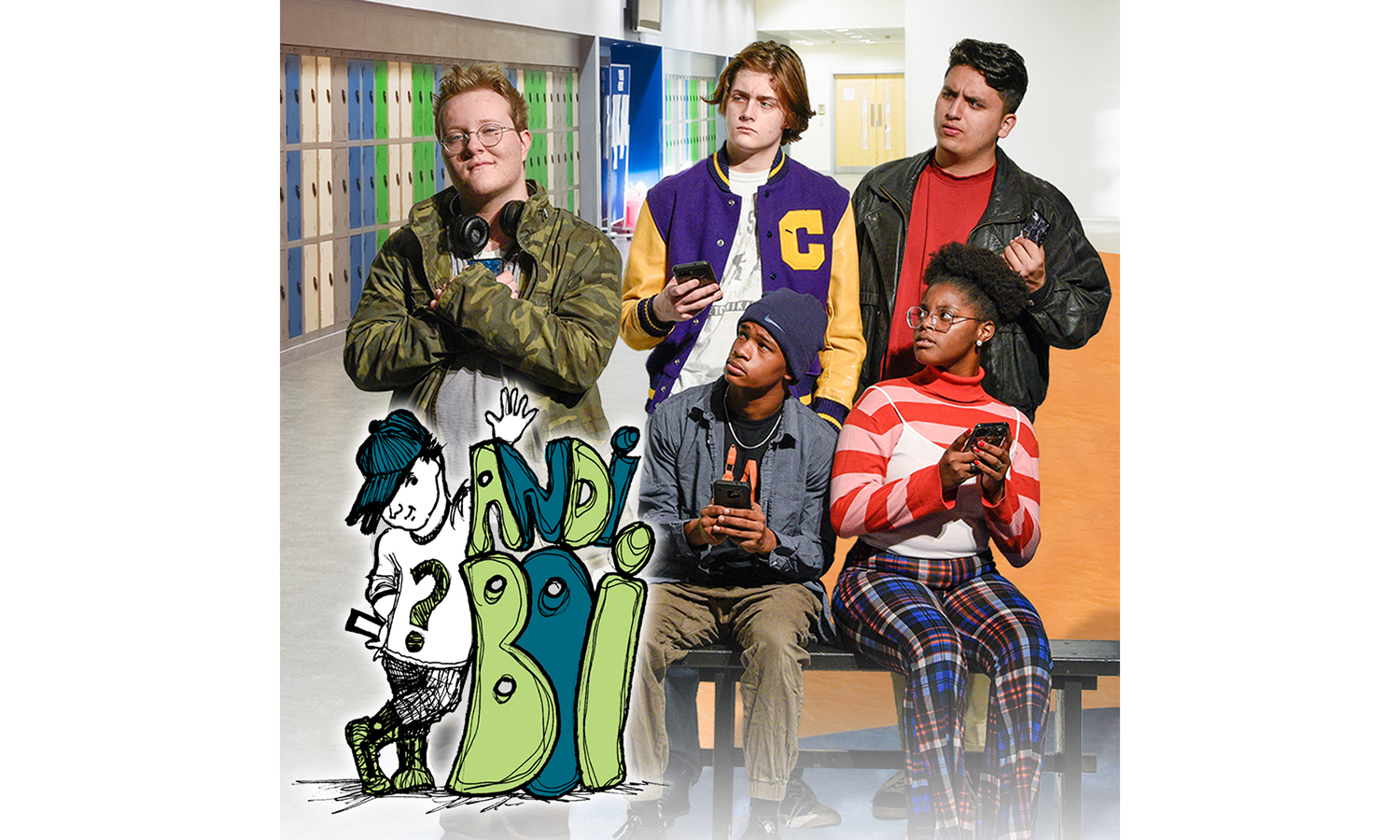
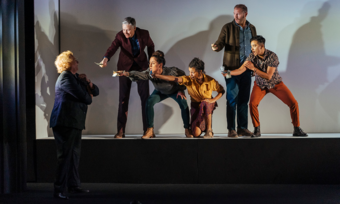

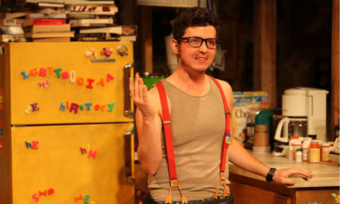



Comments
The article is just the start of the conversation—we want to know what you think about this subject, too! HowlRound is a space for knowledge-sharing, and we welcome spirited, thoughtful, and on-topic dialogue. Find our full comments policy here